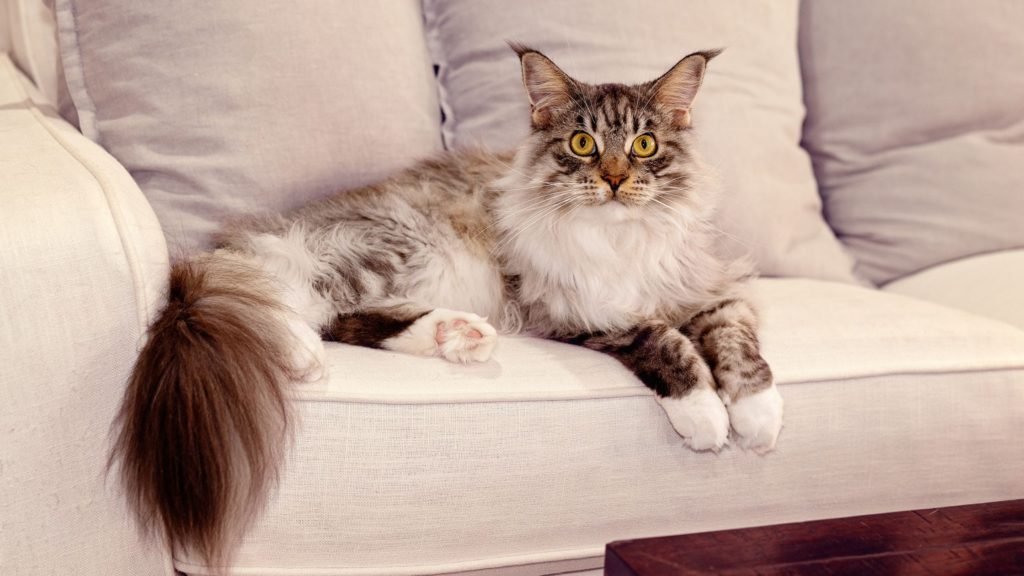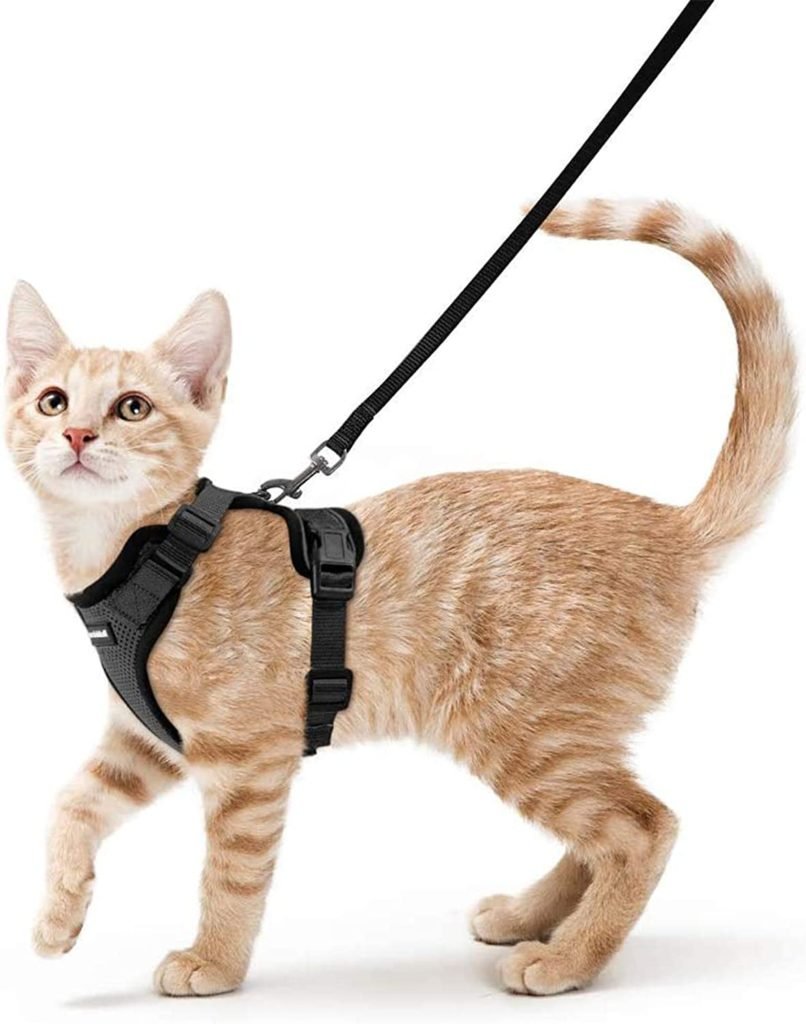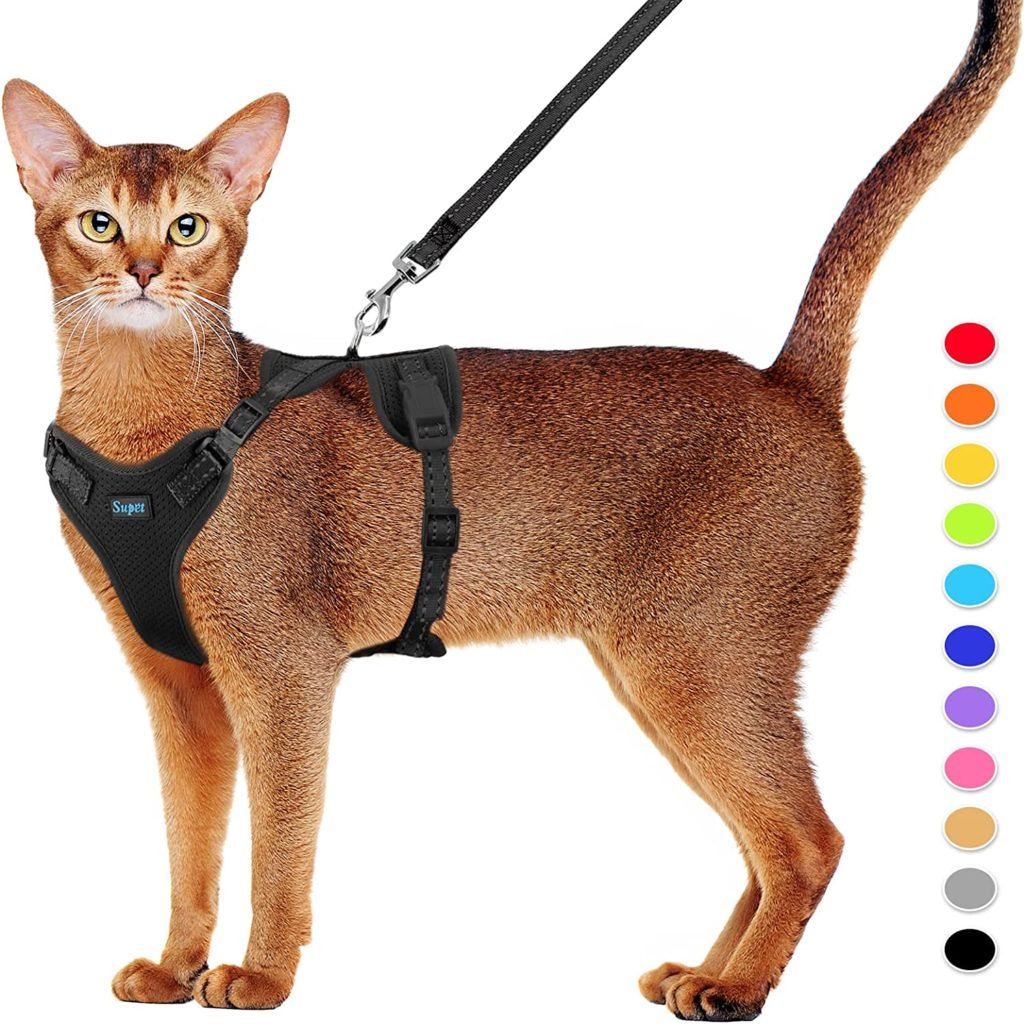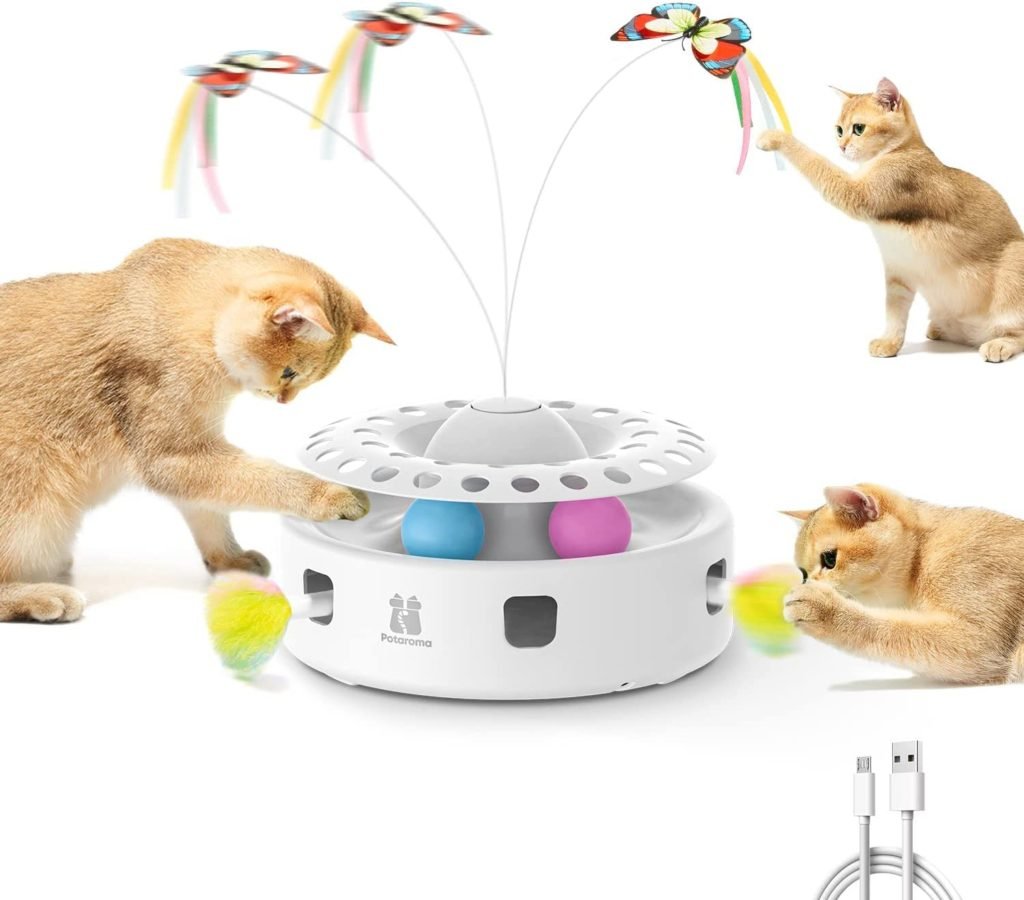Are you struggling with your cat’s behavior and looking for the most effective training methods for cats? You’ve come to the right place! This comprehensive guide will explore various cat training techniques to help you establish a better relationship with your furry friend. From walking on a leash to stopping unwanted scratching, our guide has you covered. So, let’s dive in and start training your cat like a pro!
Understanding Cat Behavior
Before we delve into the different training methods for cats, it’s essential to understand the unique aspects of cat behavior. Cats are independent and territorial creatures by nature. They have a strong instinct to hunt, mark their territory, and maintain their social hierarchy. Therefore, the key to successful cat training is working with their instincts and using positive reinforcement techniques.
Positive Reinforcement
Positive reinforcement is the most effective method for training cats. It involves rewarding your cat for performing the desired behavior and encouraging them to repeat the action in the future. The key is to provide the reward immediately after the desired behavior is displayed so that your cat associates the action with the prize. Everyday rewards include treats, praise, or petting.
Training Your Cat to Walk on a Leash
One of the popular training methods for cats is teaching them to walk on a leash. This skill allows your cat to explore the outdoors safely and provides mental and physical stimulation.
Choosing the Right Harness and Leash
Start by selecting an adjustable, comfortable harness and a lightweight leash for your cat. Avoid using a collar, as it can put undue pressure on your cat’s neck and cause injury.
Getting Your Cat Used to the Harness
Introduce the harness to your cat gradually. Let them sniff and explore the harness before putting it on. Once your cat is comfortable with the harness, put it on them without attaching the leash. Allow your cat to wear the harness indoors for short periods, gradually increasing the duration.
Introducing the Leash
Once your cat is comfortable wearing the harness, attach the leash and let your cat explore indoors while you hold the other end. Practice walking with your cat inside the house before venturing outdoors.
Training Cats with Water Spray
Using a water spray to dissuade lousy behavior is common, but it might scare and worry your cat. Instead, focus on positive reinforcement techniques to encourage desired behaviors.
Training Older Cats
Training older cats is always early enough, but patience and consistency are crucial. Older cats may require more time to learn new behaviors or break old habits. Adjust your expectations and be patient with your older cat during training.
You May Also Interest: The Ultimate Guide to Cage Training a Cat: Tips and Techniques
Training Cats Not to Scratch
Scratching is a natural behavior for cats, but it can become problematic when they target furniture or other household items. Here are some training methods for cats to prevent unwanted scratching:
Provide Appropriate Scratching Surfaces
Offer your cat various scratching posts or pads made from sisal, cardboard, or wood. Place the scratching surfaces near your cat’s favorite spots or areas where they scratch inappropriately.
Redirect Scratching Behavior
When you catch your cat scratching an inappropriate surface, gently redirect them to the designated scratching post or pad. Praise and reward your cat when they use the appropriate texture for scratching.
Keeping Cats Engaged with Interactive Toys and Puzzles
Interactive toys and puzzles are excellent tools for physically and mentally stimulating your cat, making them more receptive to training. Providing your cat with various toys can help channel its energy into appropriate activities, reducing the likelihood of destructive behavior.
Types of Interactive Toys
- Wand toys: These toys have a long handle with a string or wire attached to a toy or feathers. They encourage your cat’s hunting instincts and provide an excellent way for you to bond with your cat during playtime.
- Ball and track toys include a track with a ball your cat can bat and chase around the track. They help stimulate your cat’s hunting instincts and keep them entertained for extended periods.
- Puzzle feeders: Puzzle feeders help cats solve problems getting their food, slowing their eating.
- They come in various designs and difficulty levels, suitable for cats of all ages and abilities.
Rotate Toys Regularly
Rotating their toys is essential to keep your cat interested and engaged. Introduce new toys or bring out old favorites to prevent your cat from becoming bored with their playthings. This strategy helps maintain your cat’s interest and excitement in their toys, which can translate to more successful training sessions.
Clicker Training for Cats
Clicker training is another effective training method for cats. It involves using a small device that clicks to mark the exact moment your cat performs the desired behavior. The click is then followed by a reward, usually a treat, creating a positive association between the behavior and the reward.
How to Begin Clicker Training
- Charge the clicker: Start by “charging” the clicker, teaching your cat to associate the clicking sound with a reward. Click the clicker and immediately give your cat a treat. Repeat this process multiple times until your cat responds to the clicker sound, expecting a treat.
- Teach simple behaviors: Begin with simple behaviors, such as sitting or touching a target (like a stick or your hand) with their nose. Click the clicker and reward your cat when they perform the desired behavior.
- Shape more complex behaviors: Gradually increase the complexity of the behaviors you want your cat to learn. Break the behavior into smaller steps and reward your cat for completing each step. As your cat masters each step, withhold the click and reward until they perform the next step in the sequence.
- Add a cue: Once your cat consistently performs the desired behavior, add a verbal or visual cue, such as a word or hand signal. Give the column, then wait for your cat to perform the behavior. Click and reward as soon as they do.
You May Also Interest: How to Train Your Cat to Come When Called?
Socialization and Exposure Training
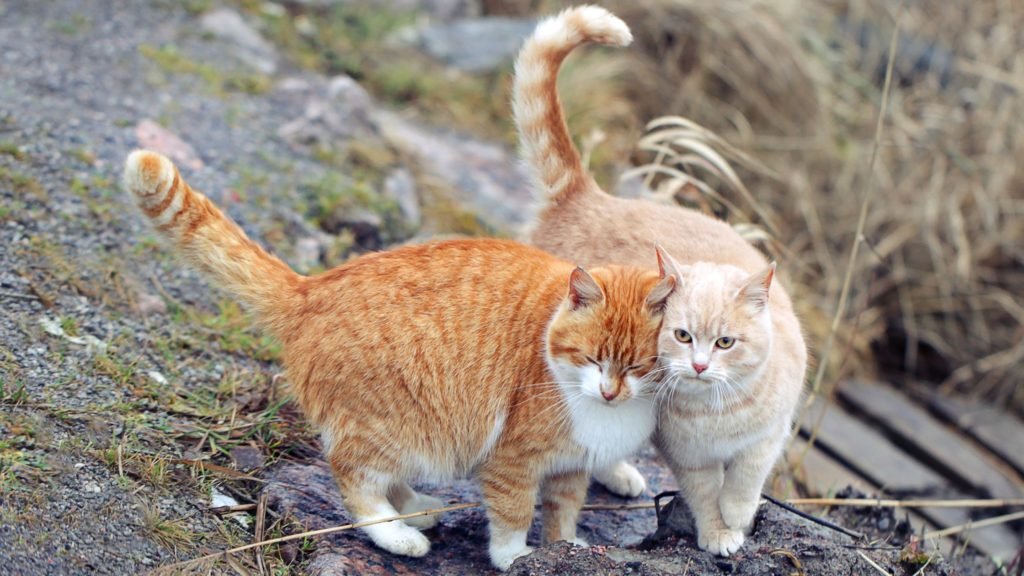
Proper socialization and exposure training ensure your cat is well-adjusted and comfortable. This training method involves gradually introducing your cat to new experiences, people, and environments in a controlled and positive manner.
Kitten Socialization
The critical period for socialization in kittens is between 2 and 7 weeks of age. Expose your kitten to different people, animals, sights, sounds, and environments during this time. Ensure that each experience is positive and manageable for the kitten.
Socialization for Adult Cats
While adult cats may be more set in their ways, they can still benefit from socialization and exposure training. The process may take longer and require more patience, but it’s essential for helping your cat adapt to new situations and environments.
Tips for Successful Socialization
- Go at your cat’s pace: Introduce new experiences and environments gradually, allowing them to explore and become comfortable at their own pace. Avoid forcing your cat into unprepared situations, creating fear and anxiety.
- Use positive reinforcement: Reward your cat with treats, praise, or petting when they respond positively to a new experience. That creates a good connection, making your cat more comfortable in similar settings.
- Consistency is key: Regularly expose your cat to new experiences to help them maintain their comfort level and confidence. Character is crucial in ensuring that your cat remains well-socialized and adaptable.
Training Cats to Follow Basic Commands
Training your cat to follow basic commands, such as “sit,” “stay,” or “come,” can help improve communication between you and your cat, making it easier to manage their behavior. Here are some tips for teaching your cat to follow commands:
Choose the Right Reward
Identify your cat’s favorite treats, toys, or forms of affection, and use them as rewards during training sessions. Consistently rewarding your cat with something they value will increase their motivation to learn and perform the desired behavior.
Keep Training Sessions Short and Fun
Cats have relatively short attention spans, so keeping training sessions brief and engaging is essential. Limit sessions to 5-10 minutes, and always end on a positive note. That will help maintain your cat’s interest and enthusiasm for training.
Addressing Common Behavior Issues
In addition to teaching your cat specific skills, training can help address common behavior issues such as litter box problems, aggression, or excessive vocalization.
Litter Box Training
Cat owners often struggle with litter box difficulties, but patience and consistency usually solve them.
Ensure you provide a clean, appropriately-sized litter box in a quiet, accessible location. If your cat continues to have issues, consider consulting a veterinarian or professional cat trainer.
Dealing with Aggression
Aggressive behavior in cats can stem from fear, territoriality, or medical issues. Identify and address your cat’s aggression triggers through training and behavior modification techniques. If aggression persists, consult a veterinarian or professional cat trainer for assistance.
Managing Excessive Vocalization
Some cats are naturally more vocal than others, but excessive vocalization can indicate an underlying issue, such as medical problems, stress, or loneliness. Address any potential issues and consider using training techniques to teach your cat to be quiet on command or to reduce their vocalization.
You May Also Interest: Can Weather Affect Cats Behavior? Discover The Truth
The Importance of Patience and Consistency in Cat Training
Regardless of the training methods for cats, you choose to employ, the keys to success are patience and consistency. Cats may take longer to learn new behaviors than other animals, so your training approach must be persistent and consistent. Celebrate your cat’s successes and always use positive reinforcement to encourage the desired behavior. You can train your cat to be a well-mannered and happy companion with time, effort, and dedication.
Advanced Training Methods for Cats
While basic training methods can help you teach your fundamental cat commands and address common behavior issues, consider advanced training techniques to further your cat’s skills or address more complex behavioral challenges.
Target Training
Target training involves teaching your cat to touch a specific object, such as a stick or your hand, with its nose or paw. This method can train your cat to follow the target, allowing you to relocate or position them.
Target training can also teach your cat more advanced tricks and behaviors.
Agility Training
Agility training involves teaching your cat to navigate obstacles, such as jumps, tunnels, and weave poles. This training can provide mental and physical stimulation for your cat while strengthening the bond between you and your feline companion. You can adapt agility training to suit your cat’s abilities and preferences.

Working with a Professional Cat Trainer
If you have difficulty training your cat or need guidance in addressing specific behavior challenges, consider working with a professional cat trainer. A certified cat trainer can provide personalized advice, support, and training techniques tailored to your cat’s needs and abilities.
Finding the Right Cat Trainer
When searching for a professional cat trainer, finding someone with experience working with cats and understanding their unique behavior and learning styles is essential. Look for a trainer with a certification from a reputable organization, such as the International Association of Animal Behavior Consultants (IAABC) or the Certification Council for Professional Dog Trainers (CCPDT). These certifications ensure the trainer has completed rigorous education and training requirements and adheres to a strict code of ethics.
What to Expect from Professional Cat Training
Professional cat training can take many forms, depending on your goals and your cat’s needs. A trainer may offer one-on-one sessions, group classes, or even remote consultations via video chat. Regardless of the format, expect a professional cat trainer to use positive reinforcement and gentle, humane techniques to help your cat learn new behaviors and overcome challenges.
In conclusion, cat training is essential for developing a well-behaved, happy, and confident feline companion. With patience, consistency, and the proper techniques, you can teach your cat various skills and commands, address behavior challenges, and strengthen the bond between you and your beloved pet. Don’t hesitate to seek the help of a professional cat trainer if you need guidance or support in your cat training journey.

